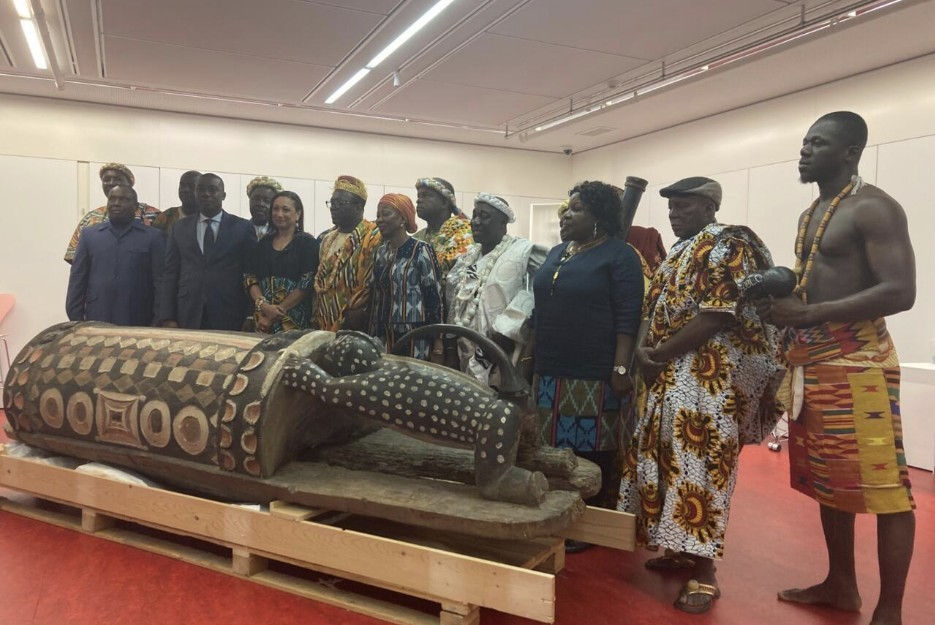The Pope Profile
- Sumaya Sultana
- Jun 2
- 3 min read

It has almost been a month since Robert Prevost was elected, choosing the name by which he is now most widely known – Pope Leo XIV. While it’s too soon to make a qualitative statement about his success in the role, the current Pope was considered a bit of a dark horse, so it’s only natural that we may want to know more about the man.
Born into a Chicagoan working-class family, before becoming Pope, Prevost spent several years doing missionary work in Peru, notably speaking out against the dictatorial Fujimori regime for its human rights violations. However, he has been criticised for permitting a priest credibly accused of sexually abusing minors to reside at a friary in Chicago under his permission, a point of contention when it came to his appointment to the Vatican.
Regardless of all this information, a big frenzy emerged surrounding the choice of Prevost as the next Pope for several reasons. There was speculation during the conclave that Prevost’s American nationality would be a big roadblock; there had never been an American pope before, and many hold grave concerns about American hegemony. By electing Prevost, it could show a message that American geopolitical power had breached even the heart of Western spirituality. Even Prevost himself thought this would make it impossible for him to become Pope. He texted a friend, “I’m American, I can’t be elected.”
Knowing all this, why did one hundred thirty-two other cardinals choose to elect him? Perhaps they thought they could spin Americanism on its head. In an online video, onlookers asked Prevost, “Do you have anything to say to America?”
He responds, “Many things.”
Maybe the Vatican thinks the U.S. will be more receptive to change if the warnings come from one of their own.
Prevost was also a very late contender for the papabile - the prospective popes chosen by the conclave - and also one of Pope Francis’ allies that faced less spotlight in comparison to Luis Tagle or Matteo Zuppi.
Upon his election, Prevost made several notable changes. Unlike Pope Francis, he wore the traditional papal stole and mozzetta, signifying a distinct shift from the minimalism and humility of Francis’ position. However, his choice of name, Leo XIV, is also an important marker. Leo XIII, whom Prevost named himself after, promoted labour rights and established modern Catholic social teaching. Holy See Press Office Director Matteo Bruni called the pope’s choice to honour the previous Leo a clear “reference to the lives of men and women, to their work – even in an age marked by artificial intelligence."
There have been a lot of questions about whether Prevost will follow in Francis’ footsteps, but it is important to remember the position the Catholic Church has carved out for him. In line with the church's official positions, Prevost opposes abortion, euthanasia, same-sex marriage and the death penalty. He has, however, advocated for stronger church action on climate change, denounced the Russian invasion of Ukraine, and, in one of his first major speeches, called for a ceasefire in Gaza. On his now deleted X (formerly Twitter) account, he retweeted posts critical of U.S. immigration policies under President Donald Trump and Vice-President J.D. Vance, and expressed support for the COVID-19 vaccine and the 2020 Black Lives Matter movement.
That is, however, the past. Now, as Pope Leo XIV, we can only look to the future, to see how he plans on shaping it with his power, in a difficult time where many look towards spirituality for an answer.





Comments